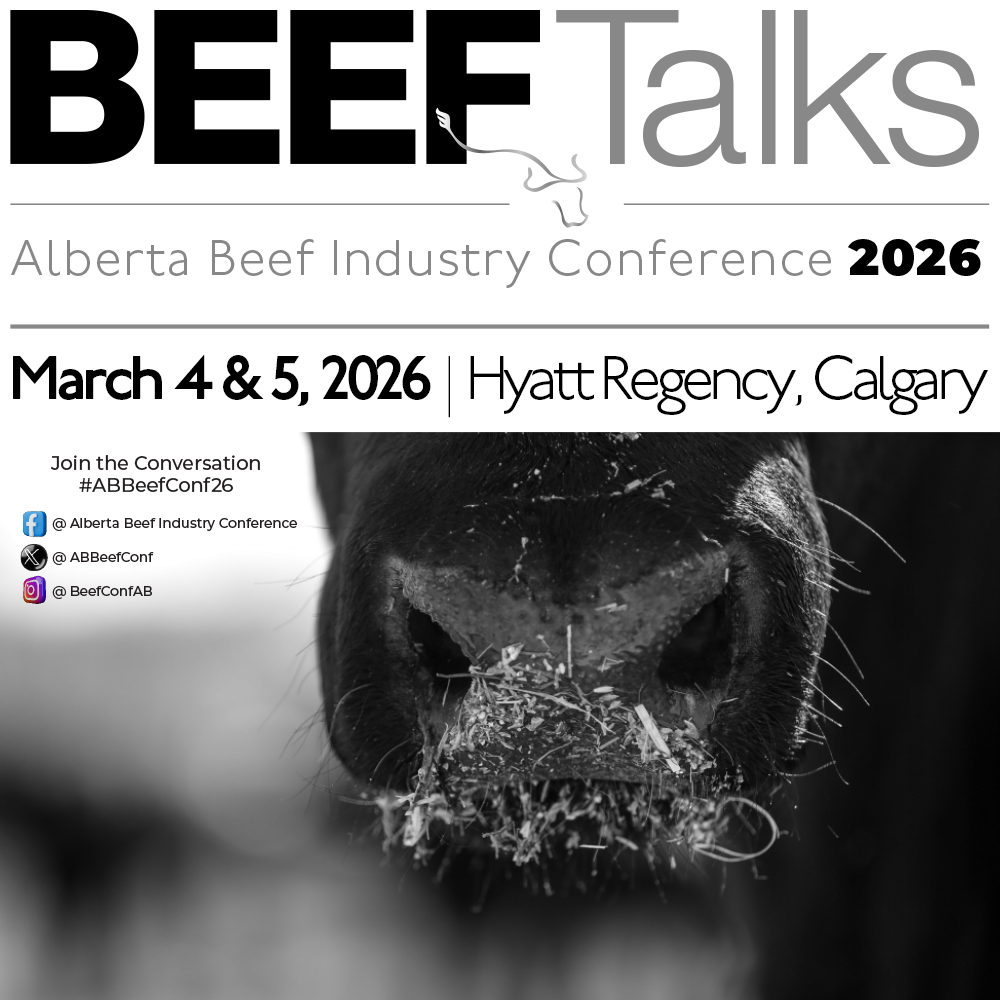AB Direct - Steers
Rail: 492.00-493.50 FOB feedlot (last week)
AB Direct - Heifers
Rail: 492.00-493.50 FOB feedlot (last week)
US Trade- Steers
Rail: 355.00-363.00 (IA, NE) last week
US Trade - Heifers
Rail: 355.00-363.00 (IA, NE) last week
Canadian Dollar
0.19

Celebrating success and remaining vigilant in BSE surveillance
The World Organisation for Animal Health (WOAH) uses a three-tiered categorization system for evaluating bovine spongiform encephalopathy (BSE) risk including negligible, controlled, and undetermined risk.
According to Dr. Penny Greenwood, National Manager of Prion and Equine Programs for the Canadian Food Inspection Agency (CFIA), the system is designed to reflect current knowledge and understanding of BSE and recognize the effectiveness of investments countries have made to mitigate the spread and eradicate the disease.
Canada experienced its first case of BSE in a Canadian-born cow in 2003. In 2007, WOAH moved Canada’s BSE risk category to controlled. It stayed this way until 2021 when negligible risk status was applied for and granted.
“Canada has achieved and maintained negligible risk status since 2021, meaning based on the controls in place, we have demonstrated compliance with WOAH provisions,” Greenwood says. “We must submit an annual report to WOAH in November which they review to determine if maintenance of our current BSE risk category is appropriate.”
Testing shifts but remains a priority
She explains Canada had been targeting 30,000 BSE samples yearly to estimate its prevalence and assess if the enhanced feed ban was controlling the disease. WOAH recently changed this surveillance requirement and is now focused on detecting the re-emergence of classical BSE.
“Under these changes, there are no specific testing targets because the focus has shifted instead to meeting specific requirements for testing such as the animal’s age, as well as presence and documentation of clinical signs,” Greenwood says. “Canada is in the process of redesigning and transitioning the BSE surveillance program from a high volume of samples to concentrating on high-quality samples from those animals where BSE would most likely be found. We’re targeting a population more closely aligned with the population required in the redesigned surveillance program to come.”
Dr. Natasha Kutryk, past President of the Alberta Veterinary Medical Association (ABVMA), believes ongoing BSE sampling and testing are necessary to continue to show the program is working.
“It’s strictly voluntary, but as long as an animal fits into the eligibility category; so older than 30 months, and either dead, diseased, down, or dying (4 Ds), farmers can have a sample taken by a veterinarian or vet tech and receive a small payment for their efforts,” Kutryk says.
She admits the situation is frustrating as BSE is a prion disease and not infectious in the normal sense. No vaccines or live animal tests are available, meaning the focus must remain on post-mortems, necropsies, and the testing of brain stem samples.
Take pride but stay vigilant
Kutryk says the industry should be proud of the value of its ongoing efforts including the surveillance program, the collection of brain stem samples, and traceability efforts with Premise ID and CCIA tags which she describes as top-notch.
She adds that value isn’t strictly linked to BSE as veterinarians and technologists completing necropsy post-mortems often identify other production-limiting issues during their investigations.
“There’s a saying, ‘We miss more by not looking than by not knowing,’” Kutryk says. “Even outside of BSE, the power of investigations, and completing post-mortems and necropsies to understand what’s going on is extremely valuable.”
In her opinion, the effort of cattle producers, feed representatives, veterinarians, nutritionists, and consultants to keep BSE-related protocols in place is strong.
The 2003 BSE case was devastating but highlighted the importance of transparency, not only for export markets, but for the continued trust of Canadian consumers.
“I feel our transparency is high,” Kutryk says. “I’m proud of our industry and believe all the separate pieces are aware of the regulations and working together to remain compliant. This is proven by the lower-risk category we’ve been granted. We should be proud of this.”


